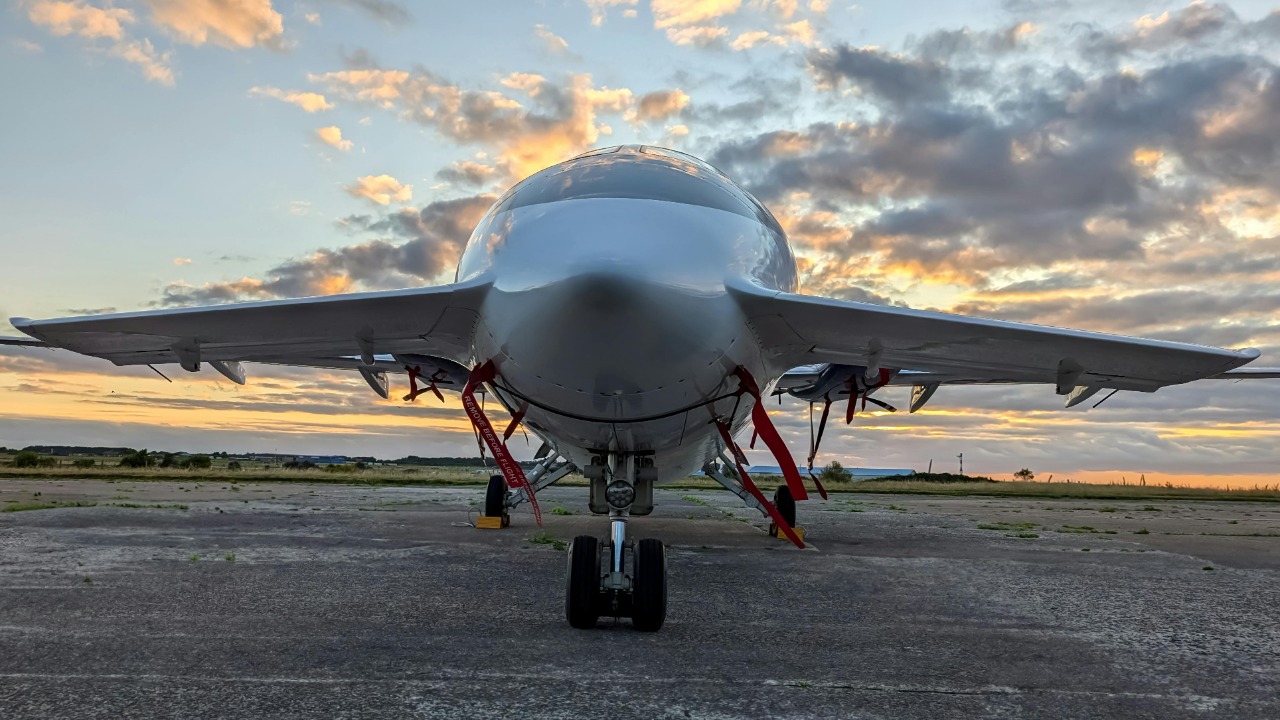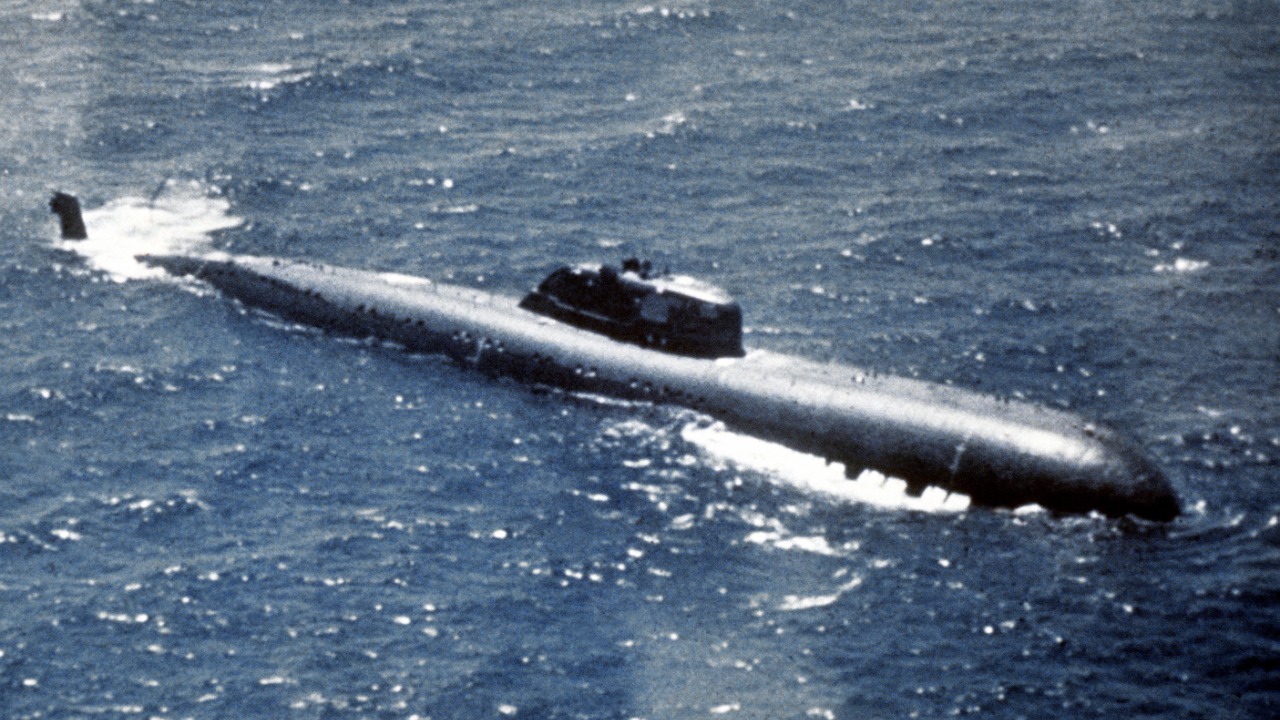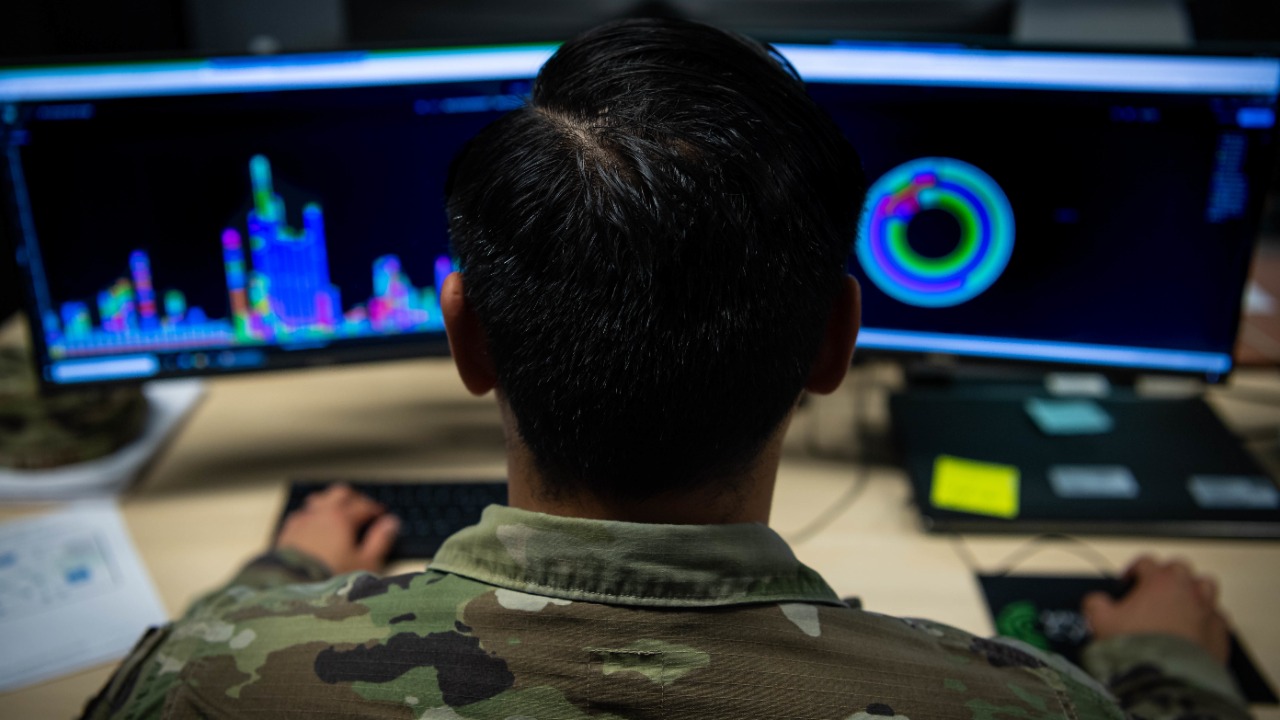
In the world of military technology, some weapons are so advanced that their costs often outweigh their utility on the battlefield. While their capabilities are not in question, these tactical tools come with price tags that make them prohibitively expensive. From advanced jets to cyber platforms, here are seven tactical weapons that are often too costly to deploy.
Advanced Stealth Fighter Jets

Stealth fighter jets, such as the F-35 Lightning II, represent the pinnacle of aerial warfare technology. Their ability to evade radar detection and strike with precision makes them formidable assets. However, the development and maintenance costs are astronomical, often running into billions of dollars. Discussions among military analysts frequently highlight the trade-offs between their strategic value and financial burden.
For many countries, deploying such advanced jets means a substantial portion of their defense budget is allocated to procurement and upkeep. This financial strain can limit a nation’s ability to invest in other critical areas of defense or social services, creating a dilemma over their operational use.
Hypersonic Missiles

Hypersonic missiles, capable of traveling at speeds exceeding Mach 5, are game-changers in the field of missile technology. Their speed and maneuverability make them nearly impossible to intercept. However, the development costs are exceptionally high and remain a significant barrier to widespread deployment. Despite their strategic advantages, only a few nations have invested heavily in hypersonic programs.
The cost is not just in production but also in research and testing phases, which require cutting-edge facilities and expertise. As a result, the financial burden can prevent even the most technologically advanced militaries from fully committing to hypersonic systems.
Railguns

Railguns use electromagnetic forces to launch projectiles at incredible speeds, offering a new frontier in artillery technology. While the promise of railguns is immense, the financial investment required to develop and maintain these systems is substantial. The power requirements and wear on materials are significant challenges that drive up costs.
Despite successful prototypes, the high energy consumption and maintenance costs make railguns more of a financial burden than a practical weapon, especially when compared to conventional artillery systems.
Directed Energy Weapons

Directed energy weapons, such as lasers and microwaves, offer precision targeting capabilities without the need for traditional ammunition. These systems are gaining attention for their potential to neutralize threats swiftly. However, the technology is still in its infancy, and the costs associated with developing and deploying such systems are staggering.
The need for a continuous power source and high initial investment makes them prohibitively expensive for many defense budgets. The current focus remains on research and development rather than widespread deployment, as outlined in various academic studies.
Nuclear-Powered Submarines

Nuclear-powered submarines offer unmatched endurance and stealth capabilities beneath the ocean’s surface. However, their construction and operational costs are among the highest of any military asset. The expense of building and maintaining these submarines, coupled with the need for specialized crews and support infrastructure, makes them a costly endeavor.
For many nations, the financial implications of operating a nuclear submarine fleet limit their ability to invest in other naval capabilities. As a result, only a select few countries can afford to incorporate nuclear submarines into their strategic arsenals.
Space-Based Defense Systems

Space-based defense systems aim to provide unprecedented surveillance and threat interception capabilities from orbit. The potential strategic advantages are enormous, but the costs are equally significant. Launching and maintaining satellites, along with the necessary support infrastructure, require substantial investment.
While the idea of space-based defense is appealing, the financial and logistical complexities mean that these systems remain largely out of reach for all but the most affluent nations.
Cyber Warfare Platforms

Cyber warfare platforms are essential in an era where digital threats are as critical as physical ones. These platforms require continuous updates and sophisticated technology to stay ahead of adversaries. The costs of developing and maintaining such systems, coupled with the need for skilled personnel, can quickly escalate.
As cyber threats evolve, so do the demands on these platforms, requiring ongoing investment to remain effective. The financial pressure can make it challenging for nations to balance their cyber capabilities with other defense priorities.